Introduction
The term “ugly melon” might evoke images of misshapen, blemished, or unconventionally textured gourds, but beneath its rough exterior lies a culinary gem waiting to be discovered. Often overlooked in favor of more aesthetically pleasing vegetables, the ugly melon—scientifically known as Benincasa hispida and commonly referred to as winter melon, ash gourd, or wax gourd—is a staple in many Asian and tropical cuisines. Despite its unassuming appearance, this versatile ingredient boasts a mild, slightly sweet flavor and a texture that lends itself to a myriad of preparations, from soups and stews to stir-fries and desserts. This article delves into the history, nutritional benefits, and creative applications of the ugly melon, proving that beauty in the kitchen is not skin deep.
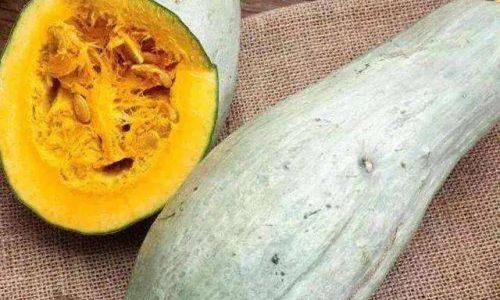
A Brief History and Cultural Significance
Native to Southeast Asia, the ugly melon has been cultivated for thousands of years, with references to its use in traditional Chinese medicine dating back to the Ming Dynasty. In Chinese folklore, it is believed to symbolize prosperity and longevity, often served during festivals and family gatherings. Similarly, in Indian cuisine, it is prized for its cooling properties, especially during scorching summers. The melon’s thick, waxy rind—which gives it a “ugly” or rough appearance—acts as a natural preservative, allowing it to be stored for months without refrigeration. This durability made it a valuable resource for ancient travelers and farmers alike.
Nutritional Powerhouse: Why Ugly Melon Deserves a Spot on Your Plate
Beyond its cultural significance, the ugly melon is a nutritional powerhouse. Low in calories and high in fiber, it is an excellent choice for weight-conscious diets. It is also rich in vitamins C and B-complex, which support immune function and energy metabolism. Additionally, the melon contains potassium, magnesium, and zinc, minerals essential for heart health and bone strength. Its high water content (over 96%) aids hydration, making it a refreshing ingredient during hot weather.
But the benefits don’t stop there. Traditional medicine systems, including Ayurveda and Traditional Chinese Medicine (TCM), attribute the ugly melon with anti-inflammatory and diuretic properties. It is often used to alleviate symptoms of urinary tract infections, reduce swelling, and soothe digestive issues. Modern studies are beginning to explore its potential antioxidant effects, which may combat oxidative stress and reduce the risk of chronic diseases.
Selecting and Storing Ugly Melon
Choosing the perfect ugly melon requires a discerning eye. Look for specimens with a firm, unblemished rind and a dull, waxy coating. Avoid melons with soft spots, cracks, or mold, as these indicate spoilage. The melon should feel heavy for its size, a sign of juiciness and freshness. While the rind’s appearance may vary from pale green to gray, color is not an indicator of quality—focus on texture and weight instead.
Storage is equally important. Uncut ugly melon can be kept in a cool, dry place for up to three months. Once sliced, wrap the remaining pieces tightly in plastic wrap or store them in an airtight container in the refrigerator, where they will last for up to a week. For extended storage, consider pickling or freezing chunks of melon (blanch them first to preserve texture).
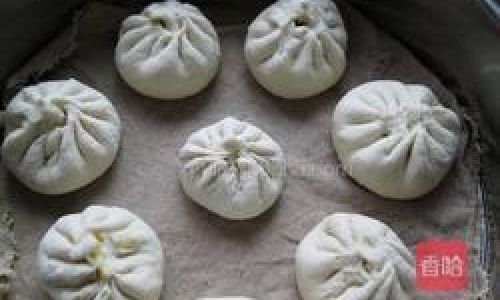
Preparation Techniques: From Rind to Flesh
Working with ugly melon may seem intimidating at first, but the process is straightforward with the right tools and techniques. Start by washing the melon thoroughly to remove any dirt or debris. Using a sharp knife, slice off both ends to create a stable base. Then, stand the melon upright and carefully peel away the thick rind using a vegetable peeler or a sturdy paring knife. The rind is edible but fibrous, so remove it until you reach the pale green or white flesh beneath.
Next, halve the melon and scoop out the seeds and pulp using a spoon. The seeds can be roasted and eaten as a snack or discarded. The flesh can be cut into cubes, slices, or matchsticks, depending on the recipe. For stir-fries, thin slices or julienned strips work best, while soups and stews benefit from larger chunks.
Creative Recipes to Transform Ugly Melon
The ugly melon’s neutral flavor makes it a canvas for culinary creativity. Here are five recipes that showcase its versatility:
-
Ugly Melon and Pork Soup
A comforting Chinese classic, this soup combines the melon’s subtle sweetness with savory pork.- Ingredients: 1 lb pork ribs, 1 lb ugly melon (peeled and cubed), 6 cups water, 2 slices fresh ginger, 1 tsp salt, 1 tbsp Shaoxing wine.
- Instructions: Blanch pork ribs in boiling water to remove impurities. Drain and rinse. In a large pot, combine ribs, ginger, and water. Bring to a boil, then reduce heat and simmer for 1 hour. Add melon and cook until tender (15–20 minutes). Season with salt and wine. Serve hot.
-
Spicy Ugly Melon Stir-Fry
Elevate the melon’s mildness with a kick of heat and umami.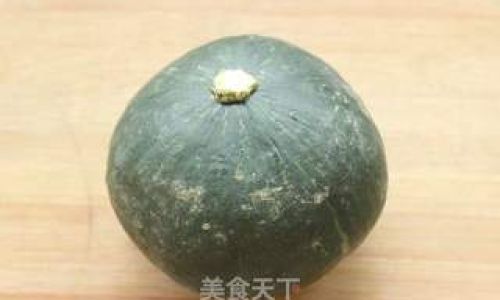
- Ingredients: 1 ugly melon (julienned), 3 garlic cloves (minced), 2 red chilis (sliced), 1 tbsp soy sauce, 1 tsp sugar, 1 tbsp vegetable oil.
- Instructions: Heat oil in a wok. Stir-fry garlic and chilis until fragrant. Add melon and stir-fry for 3–4 minutes. Add soy sauce and sugar; toss to coat. Cook until tender-crisp. Serve with steamed rice.
-
Stuffed Ugly Melon Boats
A showstopping dish for dinner parties.- Ingredients: 1 large ugly melon (halved and seeded), 1 cup cooked quinoa, ½ lb ground turkey, ½ cup diced mushrooms, ¼ cup chopped cilantro, 1 tbsp oyster sauce.
- Instructions: Preheat oven to 375°F (190°C). Mix quinoa, turkey, mushrooms, cilantro, and oyster sauce. Stuff melon halves with mixture. Bake for 45–50 minutes until tender. Garnish with sesame seeds.
-
Ugly Melon Pickles
Preserve the melon’s crunch with a tangy brine.- Ingredients: 4 cups ugly melon (cubed), 1 cup rice vinegar, ½ cup sugar, 1 tbsp salt, 1 tsp mustard seeds.
- Instructions: Sterilize a jar. In a saucepan, combine vinegar, sugar, salt, and mustard seeds. Bring to a boil. Add melon and simmer for 2 minutes. Transfer to the jar and seal. Refrigerate for at least 24 hours before serving.
-
Ugly Melon and Coconut Milk Curry
A creamy, aromatic dish inspired by Thai flavors.- Ingredients: 2 cups ugly melon (cubed), 1 can coconut milk, 1 tbsp red curry paste, 1 tbsp fish sauce, 1 lime (juiced), fresh basil for garnish.
- Instructions: Sauté curry paste in a pot until fragrant. Add coconut milk and melon; simmer for 10 minutes. Stir in fish sauce and lime juice. Serve over jasmine rice, topped with basil.
Beyond the Basics: Advanced Techniques and Pairings
For adventurous cooks, the ugly melon offers endless possibilities. Try grilling thick slices and serving them with a charred lemon aioli, or blend the flesh into a refreshing sorbet with mint and lime. The melon’s high water content also makes it an ideal candidate for juicing—combine it with cucumber, apple, and ginger for a detoxifying elixir.
When pairing with other ingredients, balance the melon’s mildness with bold flavors. Smoky bacon, pungent cheeses, and tangy fermented ingredients (like kimchi or miso) complement its subtle sweetness. Herbs such as cilantro, basil, and dill add freshness, while toasted nuts or seeds provide texture.
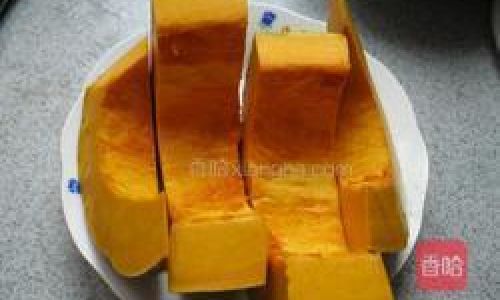
Common Mistakes and How to Avoid Them
Even seasoned cooks may stumble with ugly melon. Overcooking can turn it to mush, so monitor closely during stir-fries or sautés. Conversely, undercooking leaves it crunchy and unappealing. Aim for a tender-crisp texture in most applications. Additionally, avoid peeling too thinly—the rind’s bitterness can permeate the dish if not removed adequately.
Sustainability and the Ugly Melon
In an era of food waste, the ugly melon’s resilience is a boon. Its long shelf life and minimal processing needs reduce environmental impact. Farmers often appreciate its hardiness, as it requires fewer pesticides and thrives in varied climates. By embracing “ugly” produce, consumers combat the stigma against imperfect fruits and vegetables, promoting sustainability and reducing waste.
Conclusion: Rethinking Beauty in the Kitchen
The ugly melon teaches us a valuable lesson: true culinary excellence lies not in aesthetics but in flavor, nutrition, and creativity. Its humble exterior belies a world of possibilities, from comforting soups to innovative pickles. By exploring its potential, we honor centuries of tradition while pushing the boundaries of modern gastronomy. So the next time you encounter an “ugly” melon at the market, seize the opportunity—your taste buds (and the planet) will thank you.



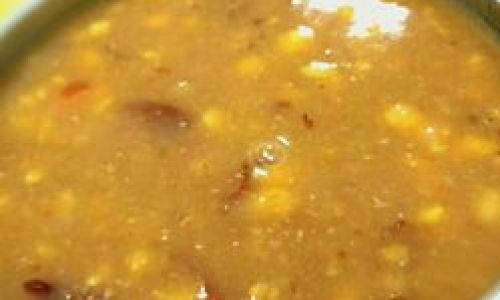
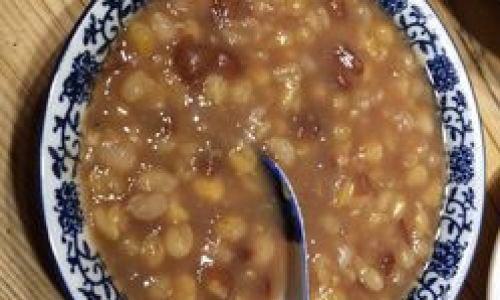
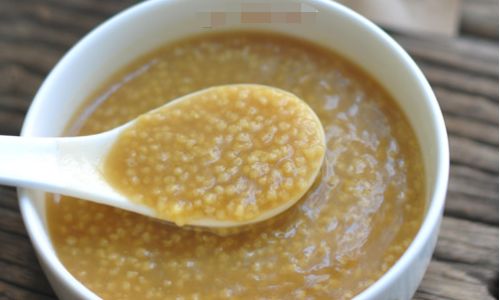
0 comments